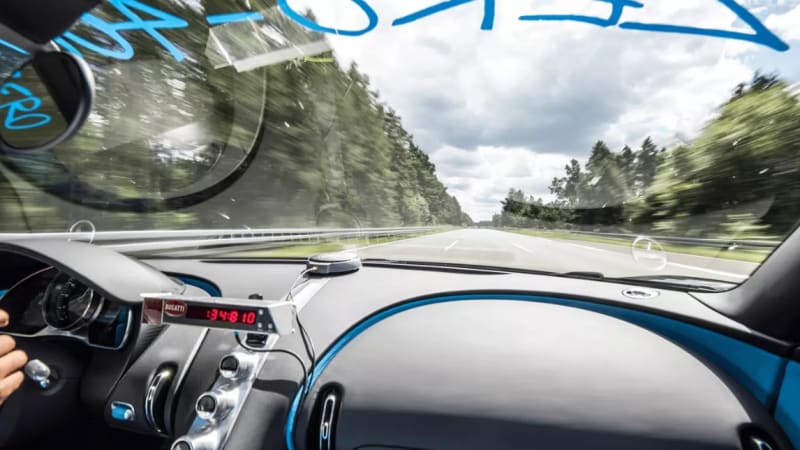Audi Repair Shop Doylestown
Call 267 279 9477 to schedule a appointment

Bugatti set a world record in 2017 when a Chiron traveled from zero to 248 mph (400 kph) to zero in 42 seconds. It caught the record on film, but it has never revealed how it captured footage of a 1,500-horsepower car traveling at nearly four times the speed limit of an American interstate. Filmmaker Al Clark revealed his secrets in a video.
It was clear from the beginning of the project that simply placing a GoPro on the dashboard and hitting “record” wouldn’t have cut it. Bugatti wanted a feature-quality film that showed the car from many different angles, so Clark worked with some of the most talented names in the automotive film industry to make it happen. The scenes showing the Chiron from above were filmed using an Aerospatiale 355N Ecureuil helicopter because a drone would be too slow to keep up with the car, and it wouldn’t be able to stay in the air long enough.
German studio Format67 provided a Caterham Seven transformed into a film car to capture some of the car-to-car footage. The crew also borrowed its hood to use as a shield against reflections during one of the photo shoots. It’s quick and agile, so it’s well suited to performing camera car duty, but it can’t keep up with a Chiron.
“I love real speed in shots. I think it’s so important that the cars are doing something approaching their real speed, because when you start to speed up stuff everything looks wrong,” Clark explained. Putting footage on fast forward wasn’t an option, neither was attaching the camera to a cable and pelting it down the track. The answer was surprisingly simple: The crew used another Chiron as the camera car and launched them at the same time.
The record was set on Volkswagen’s test track in Ehra-Lessien, Germany, which is also where a 304-mph Chiron became the fastest car in the world in 2019. The main straight is long and smooth, so the footage captured was perfectly steady in spite of the head-spinning speed; Clark even chose to dial in a little bit of camera shake during the editing process. It wasn’t perfectly in focus, though, because the camera filmed through the exhaust gases, and the system gets extremely hot when the quad-turbocharged, 8.0-liter 16-cylinder engine is giving its all.
Juan Pablo Montoya, the courageous Indy 500-winning pilot who set the 2017 record, said “it was all quite easy.” Clark’s firsthand account confirms the same can’t be said about capturing the feat on video.
Related Video:
from Autoblog https://ift.tt/2UOS8Uq
